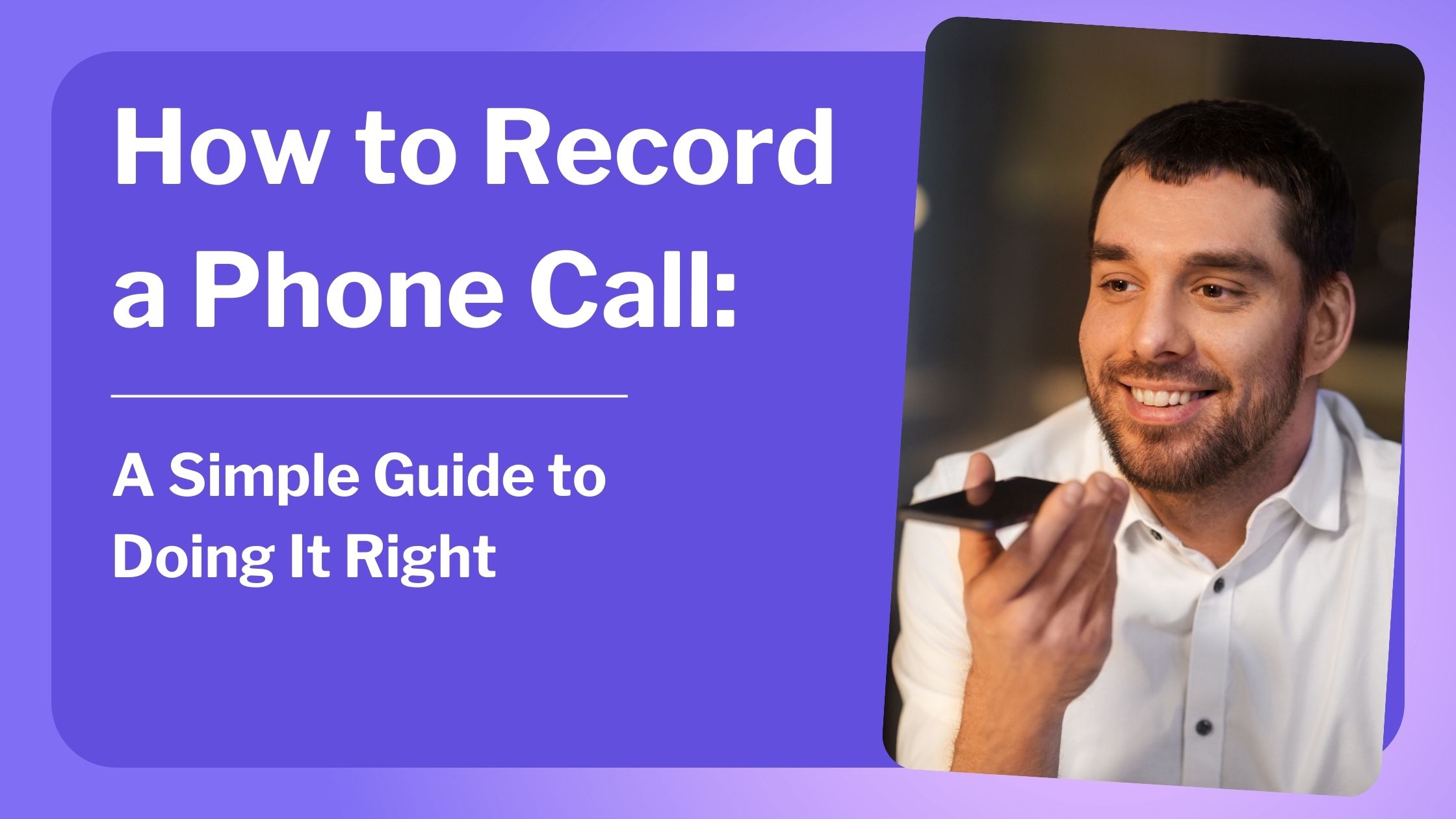
Published 09/03/25
Recording Calls Without the Headache
Whether it’s remembering instructions from a contractor, keeping receipts of a heated conversation, or protecting yourself from harassment—being able to record calls can save you time, stress, and second-guessing.
But here’s the catch: recording calls isn’t always straightforward. Different states and countries have different rules. And if you’re not careful, you could step into murky legal territory.
That’s why this guide keeps things simple: how to record a call, why you’d want to, and how to do it safely with iCaughtYou.
Why Record a Call in the First Place?
Recording calls isn’t just about evidence—it’s about clarity. Here are some everyday uses:
Keep records of agreements – From service providers to job interviews, a recording prevents “he said, she said” disputes.
Protect yourself from harassment – If a blocked or unknown caller crosses the line, a recording helps you track behavior.
Remember details – Ever hung up and realized you forgot the important part? Recordings act like an instant replay.
Support personal boundaries – Having a record empowers you to make informed decisions without relying on memory.
Step 1: Know the Consent Rules
Before you hit record, it’s critical to understand the basics of call consent.
In the U.S., laws vary by state:
One-party consent states: Only one person in the conversation (you) needs to know it’s being recorded.
Two-party (or all-party) consent states: Everyone on the call must be informed and agree.
Outside the U.S., the rules differ even more—so always check your local laws.
Pro tip: If you’re ever unsure, the safest path is transparency. A simple, “I’d like to record this call for accuracy—are you okay with that?” covers your bases.
Step 2: Choose the Right Tool
Not all recording tools are created equal. Some are clunky. Some only work with speakerphone. Others create files so messy you’ll never find them again.
That’s where iCaughtYou stands apart:
Records calls directly and clearly
Stores them securely for later recall
Organizes them by contact, date, and time
Works seamlessly—even for hidden or blocked numbers
It’s call recording made simple, not stressful.
Step 3: Set Boundaries with Your Recordings
Call recordings are powerful—but they’re also sensitive. Keep yours safe and intentional:
Protect your privacy – Store recordings in a secure app like iCaughtYou, not in an unprotected folder.
Label wisely – Add tags or notes for easy recall later.
Delete what you don’t need – Less clutter means less risk if your phone is ever compromised.
Remember, recordings are for your peace of mind—not for holding grudges.
Step 4: Use Recordings to Empower, Not Escalate
A recording is best used as:
A reminder when you’re unsure what was said
A boundary when dealing with persistent callers
A tool if you ever need to prove harassment or abuse
What it’s not? A weapon. Recording should serve your clarity, not spark new conflicts.
The Smart Way to Record Calls
The ability to record calls can be liberating. No more forgotten details. No more doubts about “what really happened.” No more helplessness when facing harassing callers.
With iCaughtYou, you get more than a recording—you get a system designed for privacy, clarity, and confidence.
Because when it comes to your phone, peace of mind isn’t optional. It’s essential.
Take Control of Your Calls Today
Start recording with confidence, not confusion. Get started with iCaughtYou
Get started with iCaughtYou
Further Reading
State Recording Laws – Justia
Call Boundaries: How to Keep Them Strong – From our blog